Test Parameters
1. Color
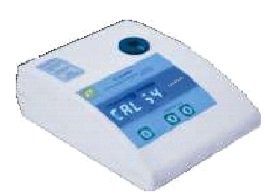 |
The Colour Value indicates the aging and oxidation level of the transformer oil. It is determined by maximum absorbance at a particular wavelength with colorimeter instrument. |
2. Appearance
![]() |
The appearance test helps us to know about the contamination of transformer oil. Oil without solid particles and sediments will be a good insulating material. |
3. Breakdown Voltage (BDV)
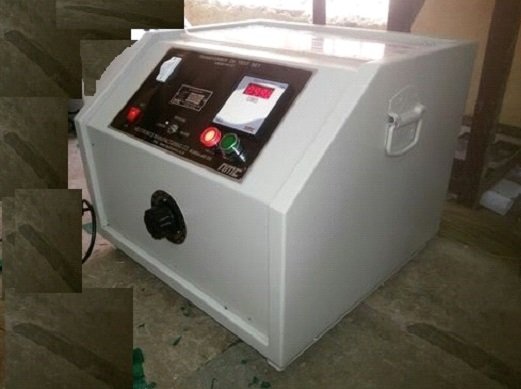 |
The dielectric strength of transformer oil is also known as the breakdown voltage (BDV) of transformer oil. Breakdown voltage is measured by observing at what voltage, sparking strands between two electrodes immersed in the oil, separated by a specific gap. A low value of BDV indicates presence of moisture content and conducting substances in the oil. |
4. Water Content
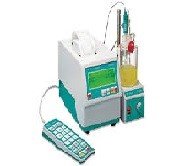 |
Moisture or water content in transformer oil is highly undesirable as it affects the dielectric properties of the oil adversely. The water content in oil also affects the paper insulation of the core and winding of a transformer. Water Contnet is measured by Karl Fischer titrator.
|
5. Tan Delta
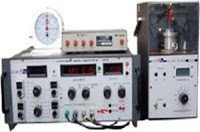 |
Dielectric dissipation factor is also known as loss factor or tan delta of transformer oil. When a insulating materials is placed between live part and grounded part of an electrical equipment, leakage current will flow. As an insulating material is dielectric in nature the current through the insulation ideally leads the voltage by 90'. Here voltage means the instantaneous voltage between live part and ground of the equipment. |
6. Resistivity
 |
The specific resistance of oil is a measure of DC resistance between two opposite sides of one cm3 block of oil. Its unit is ohm-cm at a specific temperature. With increase in temperature the resistivity of oil decreases rapidly. |
7. Acidity
 |
Acidic transformer oil is a harmful property. The acidity of oil deteriorates the insulation property of paper insulation of winding. Acidity accelerates the oxidation process in the oil. Acid also includes rusting of iron in the presence of moisture. The acidity test of transformer oil measures the oil’s acidic contaminants, expressed in milligrams of KOH needed to neutralize the acid in one gram of oil, known as the neutralization number. |
8. Interfacial Tension (IFT)
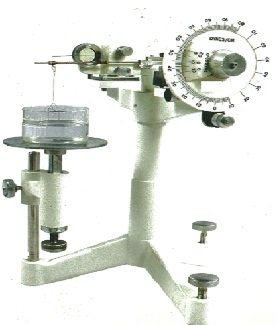 |
Interfacial tension between the water and oil interface is the way to measure the attractive molecular force between water and oil. in Dyne/cm or milli-Newton/meter. Interfacial tension is exactly useful for determining the presence of polar contaminants and oil decay products. Good new oil generally exhibits high interfacial tension. Oil oxidation contaminants lower the IFT. |
9. Sludge
 |
Sludge is a polymerized degradation product of solid & liquid insulating material. During continuous operation of the transformer, the oxidation of oil leads to the formation of the semi solid hydrocarbon termed as sludge. |
10. Flashpoint
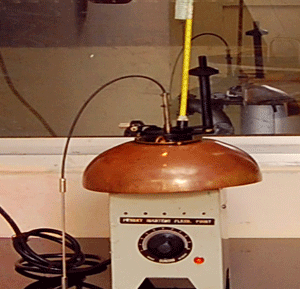 |
Flash point of transformer oil is the temperature at which oil gives enough vapors to produce a flammable mixture with air. This mixture gives momentary flash on the application of flame under standard condition. Flashpoint is important because it specifies the chances of fire hazard in the transformer. So it is desirable to have a very high flash point of transformer oil. |
11.Density
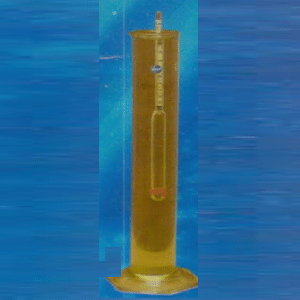 |
The specific gravity or density, of the transformer oil is measured by hydrometer. This test helps assess the contamintation level and quality of the oil. |
12.Viscosity
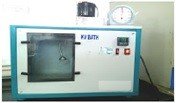 |
The viscosity of transformer oil can be said that viscosity is the resistance of flow, in normal condition. Resistance to flow of transformer oil means obstruction of convection circulation of oil inside the transformer. Good oil should have a low viscosity so that it offers less resistance to the conventional flow of oil thereby not affecting the cooling of a transformer. Low viscosity of transformer oil is essential, but it is equally important that the viscosity of oil should increase as less as possible with a decrease in temperature. Every liquid becomes more viscous if the temperature decreases. |
13.Pour Point
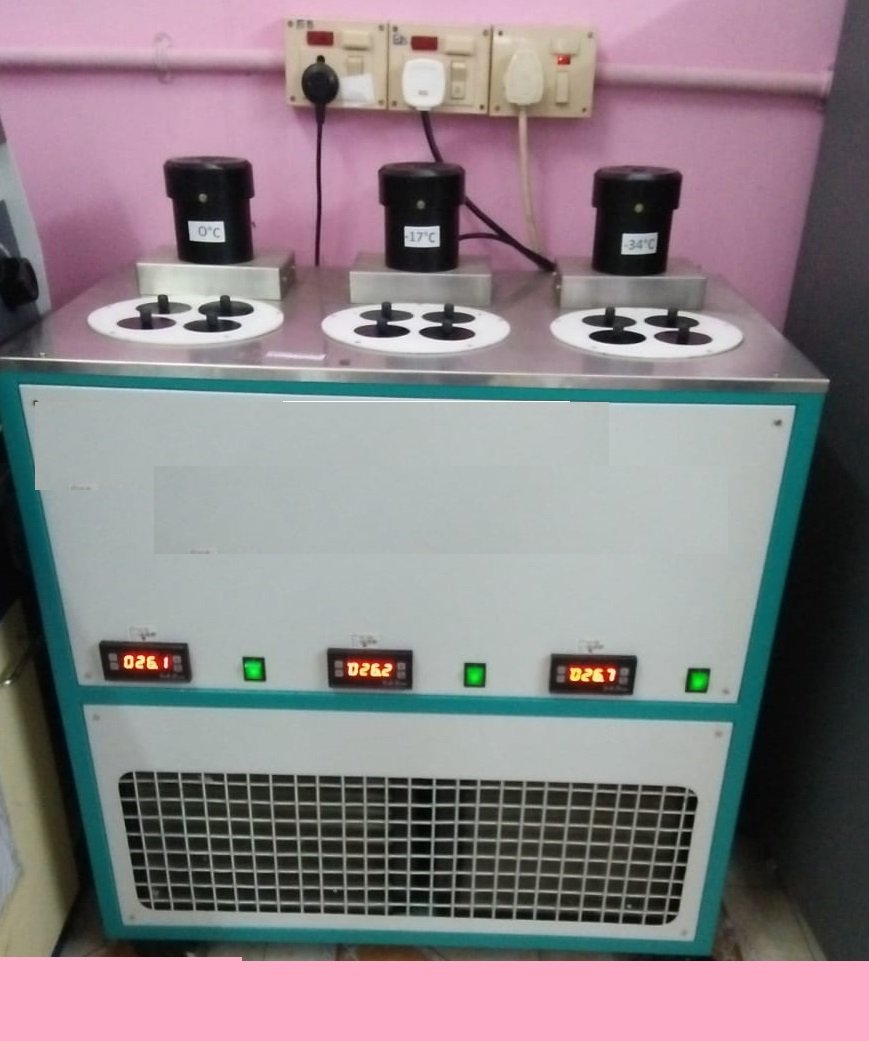 |
It is the minimum temperature at which oil starts to flow under standard test condition. Pour point of transformer oil is a valuable property mainly at the places where the climate is icy. If the oil temperature falls below the pour point, transformer oil stops convection flowing and obstruct cooling in a transformer. Paraffin-based oil has a higher value of pour point, compared to Naphtha based oil, but in India like country, it does not affect the use of Paraffin oil due to its warm climate condition. Pour Point of transformer oil mainly depends upon wax content in the oil. As Paraffin-based oil has more wax content, it has higher pour point.
|
14.Dissolved Gas Analysis (DGA)
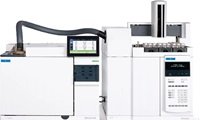 |
DGA is the most sensitive and reliable loss prevention technique and it gives an early indication of abnormal behaviour of transformer. This instrument measure the concentrations of dissolved gas or free gases in transformer oil and be interpreted to diagnose the condition of transformer oil filled electrical equipment in service and suggest future action.
|
15.Furan Analysis
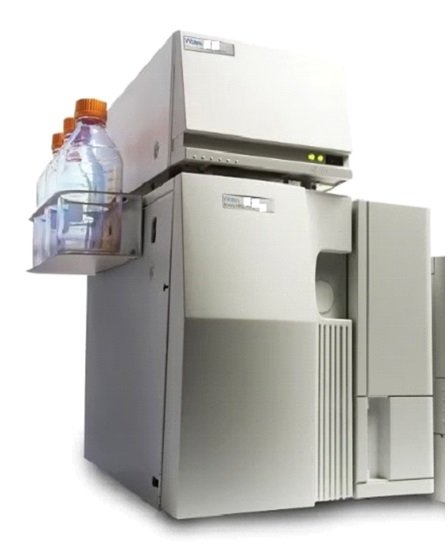 |
Furanic compounds are generated by the degradation of cellulosic materials used in the solid insulation of transformers. These compounds are oil soluble to an appreciable degree which leads to migration into the insulating liquid so that high concentrations or unusual increases in the concentrations in oil may indicate cellulose degradation from aging or incipient fault conditions. Since the concentration is directly related to the degradation of paper insulation inside the transformer the analysis might serve as an early warning of a catastrophic failure if ignored.
|
16. Corrosive Sulphur
 |
The Corrosive Sulfur test detects the presence of corrosive sulfur in the sample. Corrosive sulfur can be in the form of elemental sulfur or thermally unstable sulfur compounds. Elemental sulfur is immediately detrimental to a transformer, while thermally unstable sulfur compounds are potentially detrimental. These forms of sulfur cause or can cause corrosion of metals such as copper and silver.
|
17. Polychlorinated Biphenyl (PCB)
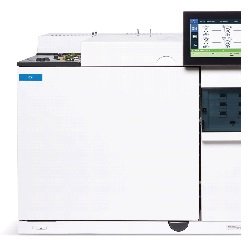 |
Polychlorinated Biphenyls (PCBs) are man-made organic compounds that were used in transformers and capacitors as insulating oil from the 1950s until 1982. PCB's are toxic and bio-accumulative, and have been phased out of use due to their detrimental effects on the environment. IS 16082:(RA 2018): 2013 / IEC 61619: 1997 is the method for monitoring PCBs in transformer oil, which uses a gas chromatograph with an electron capture detector (GC-ECD).
|
18.Dibenzyl disulfide (DBDS)
 |
Dibenzyl Disulphide (DBDS) is one of several sulphur compounds known to cause copper corrosion in transformers under certain circumstances. The corrosive sulphur is formed by the reaction of DBDS with the copper surface. Breakdown of the DBDS to benzyl mercaptan or a DBDS Copper complex can cause corrosion of copper and the formation of copper sulphide over a wide temperature range from 80°C to 150 °C. This copper sulphide gets deposited on copper conductors and diffuses through the oil-paper insulation, followed by absorption of these intermediate compounds in paper. Copper being conductive reduces the dielectric strength of the paper insulation, thereby causing the transformer/ reactor to fail. In order to prevent the failure of an expensive asset, carrying out mitigation actions against Corrosive Sulphur and DBDS are deemed essential.
|
19.Metal Passivator
 |
The determination of passivators like derivatives of benzotriazole such as TTAA [N-bis-2-ethylhexyl-[Aminomethyl-tolutriazole], BTA [Benzotriazole ] and TTA [5-METHYL-1H-benzotriazole] in minerals oils by high performance liquid chromotography in used and unused mineral oils. These derivatives of benzotriazole added in mineral insulating oils mainly as a metal passivator, it is capable to inhibit the corrosive reaction involving surfaces of copper. This method can be used for monitoring TTAA and BTA content in passivated used and unused insulating minerals oil.
|
20.Degree of Polymerization (DP)
 |
Degree of polymerization (DP) is thought to be a good index to determined deterioration level of insulation paper in transformers.
|


















